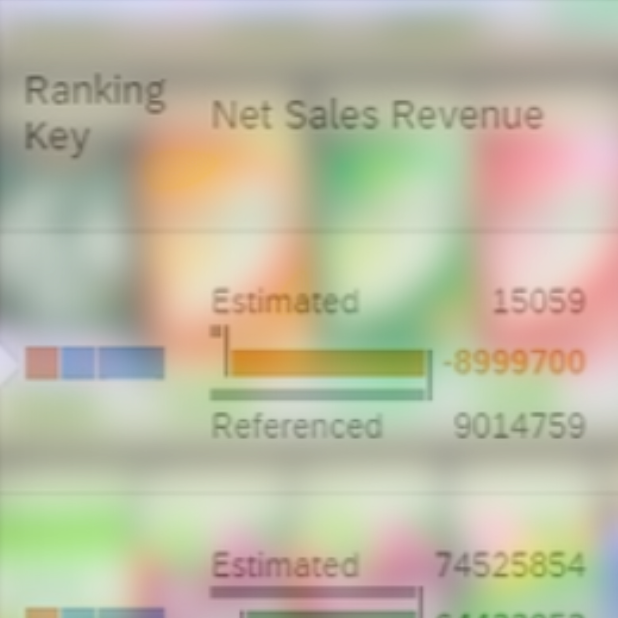High-performance and detailed insights into model and forecast quality
The ability to accurately forecast future sales impacts all areas of an organisation - from strategic planning, purchasing and supply chain management to individual shops. Retailers face the challenge of accurately predicting which products will be needed in which shop at which time to ensure seamless availability of the desired products for their customers. Although theoretically all the data is available for an accurate forecast, the quality of the forecasts often falls short of expectations. This is due to unrecognised errors in the forecasting model, which affect the accuracy of the forecasts.
This is why retailsolutions has developed the SAP Analytics Suite add-on. In addition to SAP Unified Demand Forecast (UDF), this content suite developed specifically for the retail sector offers interactive dashboards that show the problem areas at a glance. Based on SAP HANA and SAP Analytics Cloud, the suite visualises critical article-store combinations using various error KPIs. This highly aggregated view of the underlying issues enables users to take appropriate action to improve forecast quality and thus effectively respond to the changing needs of their customers.

SAP Analytics Suite
Development of the content suite in SAP HANA and SAP Analytics Cloud (SAC)
Use of UDF data to analyse forecast and model accuracy
Interactive dashboards to display critical article-branch combinations based on various error KPIs
Clear visualisation of the relevant UDF data
Simulation of multiple configuration data to compare parameter changes

Target
Highlighting of problem areas and breakdown to detailed level
Quick response and problem solving
Connection to the ‘Analyse Forecast’ app for additional information

Benefits
Improved forecasting accuracy by analysing various KPIs
Ability to quickly identify critical article-store combinations
Efficient comparison options thanks to the simulation of configuration data
Dashboards - Forecasting Accuracy
Forecast Monitor
Monitoring the accuracy of specific products, locations or hierarchy elements. Supports the validation of forecast quality prior to implementation and ongoing maintenance.
Product hierarchy analysis
Analysis of the product hierarchy to direct planning to the products and locations with the lowest forecasting accuracy.
Dashboards - Model Accuracy and System Monitoring
Analysis of incidents
Analysis of model accuracy, especially across events, to analyse the accuracy of the model. Comparing multiple diagnostic IDs to validate the performance of UDF parameter settings.
News
SAP Unified Demand Forecast (UDF) "Replenishment in optimal flow"
Läs merDemand planning in retail: increasing efficiency with modern tools? Find out from Frank Theobald, Managing Partner at retailsolutions, how advanced…
retailsolutions on "Forecasts for precise planning in retail"
Läs merRetailers face the challenge of accurately forecasting customer needs to avoid empty shelves while ensuring sustainable inventory management. Philipp…
Cossma: "One step ahead"
Läs merFrank Theobald, Managing Partner at retailsolutions reports in the magazine Cossma - Cosmetics Trends Technology, how retailers are using advanced…
Further topics in the area of
"Forecasting & Planning Applications"

Intelligent Replenishment
Precise demand forecasts - trust in facts and state of the art software

Promotion Planning
Increase sales with promotions and target group oriented advertising - Optimise your promotion management!

Allocation Management
Intelligent strategies to optimise the allocation of seasonal and promotional goods

Demand Forecasting (UDF)
Innovative retail technologies for precise forecasting of future customer needs

![[English] [English]](/fileadmin/_processed_/0/4/csm_Slider_SAP_Analytics_Suite_10828fcdd5.png)







